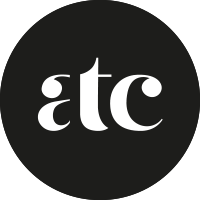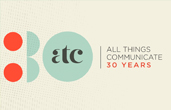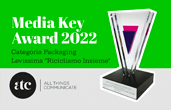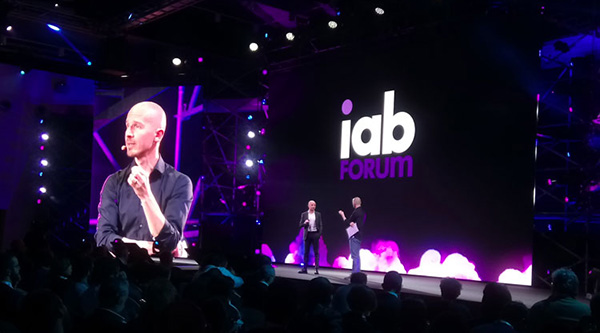This year, the leading international digital advertising event highlighted the direction the industry is going in. The forum focused particularly on the “born digital” generations, those Millennials and Post-Millennials who are disrupting traditional models of consumption and the economy.
With a wealth of video and mobile material from the event, so many insights and perspectives were shared that we decided to gather the most useful ones together in one place.

1. All eyes on display
Data released by IAB Europe & IHS Markit show that in the first half of 2017 display advertising has been growing at a brisk pace, outstripping both search and classified/ directories advertising in terms of speed. Display accounts for €8.4bn out of a total (digital) ad spend of €22.5bn.

2. A brief chat on bots
Expect machine learning to deeply impact on traditional approaches to advertising. Last March, Microsoft launched its Skype Bot Platform, which gives developers the opportunity to integrate new services and functions within the popular video chat and (instant) messaging tool. For example, bots will empower people to book a hotel, order take-away food or track an online delivery instantly during online conversations. This is made possible by a very sophisticated system for natural language recognition (see trend 9: Speak Natural!), which will allow people to communicate with the bot in a spontaneous conversation. (The system has a word error rate close to 5.9%, which means it has basically reached parity with human conversation).
“65% of consumers are interested in chatting with business. 50% wold buy via message”
(Data: Bing, IAB Forum 2017)
This current scenario paves the way for a range of marketing possibilities and is having a profound impact on search as well. Search is, in fact, transforming from a reactive service requiring precise data inputs to produce ranked outputs to a predictive service that thinks ahead about your needs and delivers personal results on any device.

3. A bleak future for traditional broadcasting?
The television industry is reeling as more and more people are turning their attention towards on-demand and online streaming services.
The battle for audience (share) is raging as Internet streaming services such as Netflix and Amazon Prime invest substantial sums in creating high-quality content, with entertainment industry incumbents scrambling to keep up. As the CEO of UK research company Enders Analysis explained from the stage of IAB Forum, in the UK following the viewing peak during the 2012 Olympics, five years of decline have followed across all age groups, but especially among the younger generation (-23% TV viewing rate among people aged 16-34 vs -3% for people aged 55+). This data may explain why in a country such as Italy, for example, where the 55+ demographic is quite large compared to that of younger countries, TV is still managing to hold its own.

4. It’s the programmatic Momentum
The adoption of machines in the process of online ad selling and buying will become more and more widespread. According to a report by Dun & Bradstreet, “almost 70% of B2B marketers in the US plan to increase spending on programmatic advertising in 2017”. This represents an increase of 20% compared to 2016.
A similar picture is revealed across Europe as marketers' knowledge of programmatic platforms grows, together with the improvements in the technology in terms of better customer profiling and targeting and the capacity to serve the right ad to the right target consumer at the right moment.
Most of this increased success comes from the push towards and popularity of video formats. In Italy, for example, video ad spaces account for 30% of the total market value.
“Programmatic advertising is set to grow by 26% this year, from a total value of 396 million euro.” Data: Internet Media Observatory, Milan Politecnico

5. Ditch Responsive! Go mobile
Smartphones have become an essential part of everyday life and this trend is set to continue at a steady pace in the future. The pervasiveness of mobile devices will lead to every task conceivable being accomplished by users through their phone or tablet, which means designing app interfaces will become paramount for every business. But beware: being mobile-centred doesn’t equate to being responsive.
The degree of satisfaction in using interfaces which have been built responsively - starting from a desktop logic - is significantly less compared to the experience when users interact with applications that have been built explicitly for mobile.

6. An OCEAN of psycography
We have been hearing a lot lately about psychographic profiling, especially after its controversial usage during the last American presidential election and the Brexit referendum in the UK. At the IAB Forum, the man behind all this, Alexander Nix, CEO of Cambridge Analytica gave a fascinating overview of the O.C.E.A.N. model, the tool his company relied on to identify people’s personality traits, in order to tweak promotional messages accordingly. Combined with the improvements in machine learning and the wealth of big data available for organisations, the psychographic approach looks set to turn the marketing and advertising world upside down.
However, given the subsequent backlash by Facebook users and the demise of Cambridge Analytica, the use of this technology requires extremely careful control. Consumers need to be aware of exactly what they are agreeing to when they sign up for apps that make use of this level of potentially intrusive technology.
“We are progressively moving from what was informational and brand advertising to behavioural advertising” A.Nix, CEO Cambridge Analytica.

7. R.I.P, email?
For decades, email has dominated digital marketing. Today, however, the shift to a mobile-first culture makes Messenger and other instant messaging apps look more attractive to young consumer groups. And as these young consumers mature, the importance of these services is set to increase. Does this mean email is going to die? That could happen in the long run, as several IAB experts suggested during the two-day conference. Although email still appeals to older targets, the young generations are, of course, the ones marketers should be more concerned about when thinking of future scenarios.
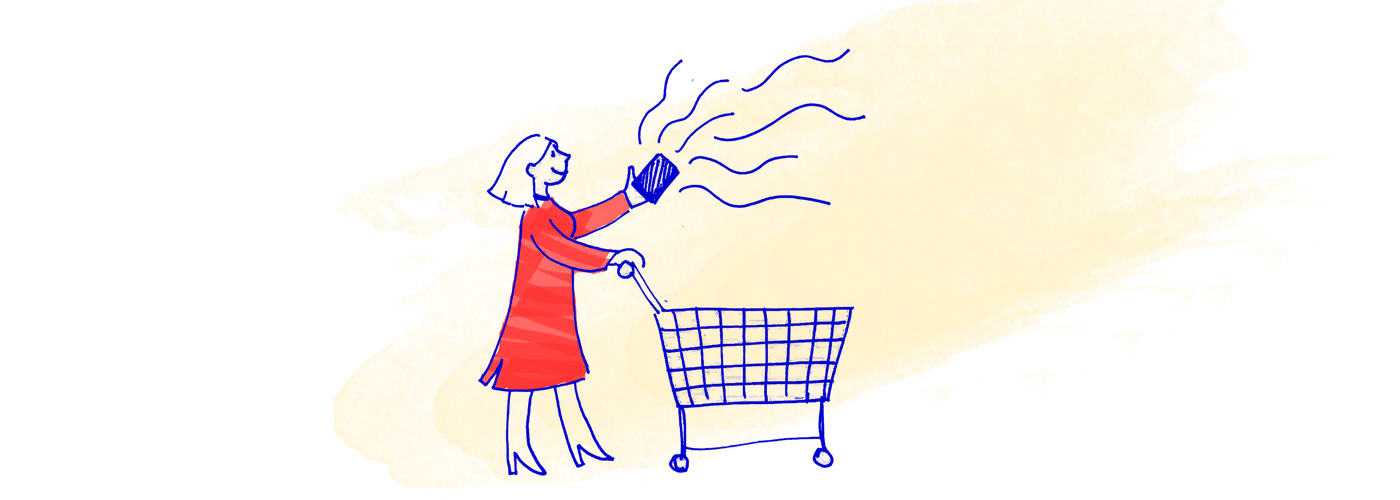
8. The new prosumer’s journey
The traditional passive consumption of information is being foresaken by a new breed of consumers, who have all the tools and opportunities to produce content themselves and are ever-more particular about the quality of the content they access. Millennials and Generation Z are raising the bar for brands to produce in-context content that their consumers can trust, enjoy and share. (see also trend 8).
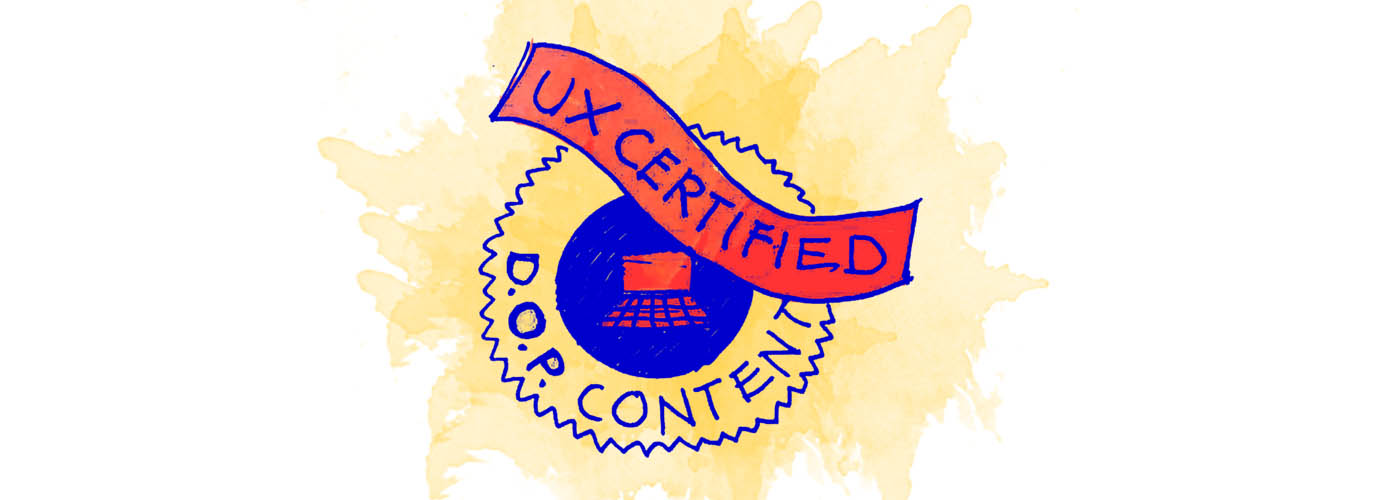
9. Quality content at UX condition and the importance of UX
Marketers have been obsessed with the notion that content is king for some time now. Of course, high quality content is rewarding, although it is not everything. What brands should care about today, along with the quality of their content, is the user experience of the interfaces they choose and build to talk to their consumers.
It’s only by adopting a correct user strategy that brands can hold the attention of easily-distracted users.
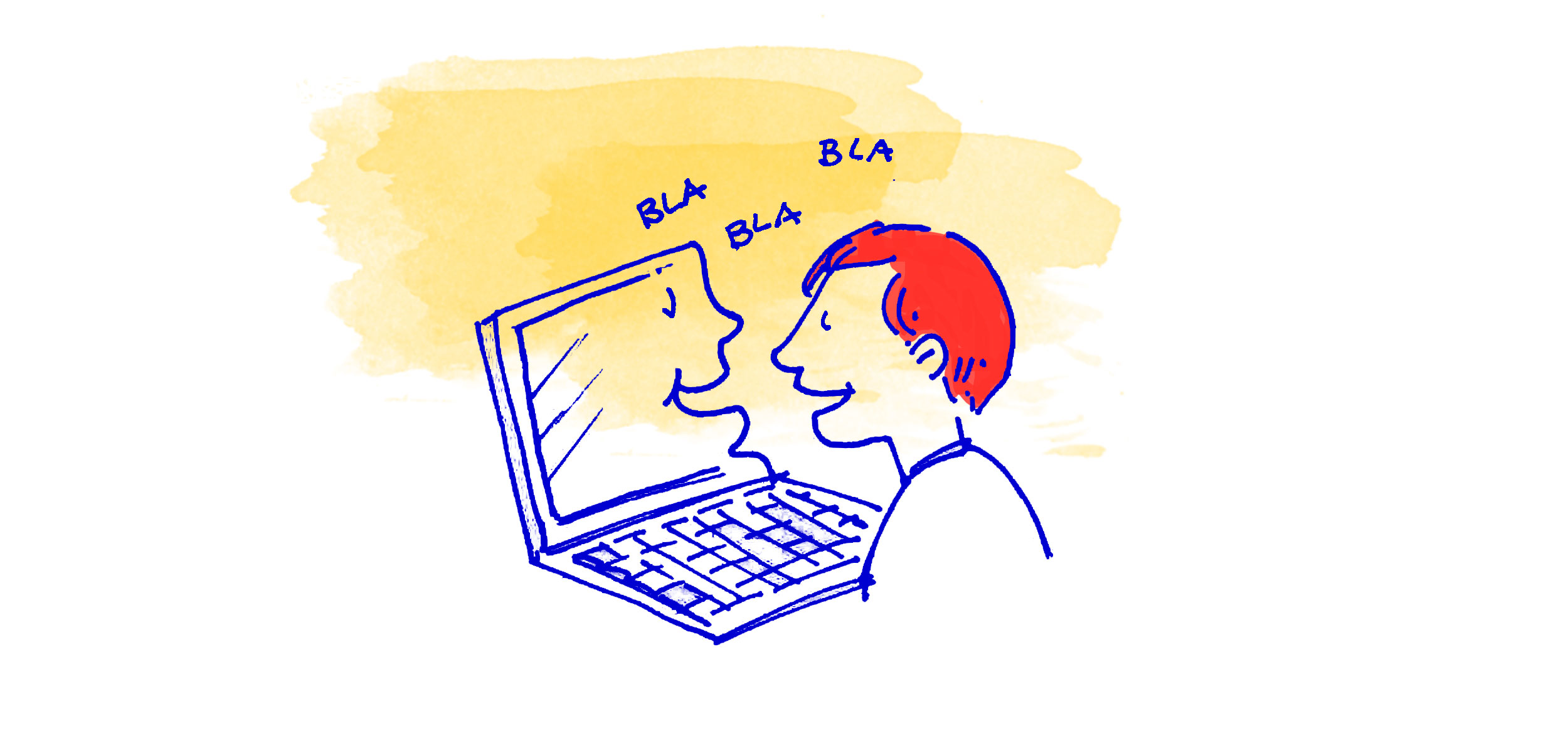
10. Speak Natural
Natural Language Processing has become something of a buzz term, with the ground-breaking progress of conversational digital technology, the field of computer science and computational linguistics born in the wake of Alan Turing’s studies during the 1950s. In the famous Turing Test a machine can be considered intelligent only if can hold a conversation with a human being without the latter realizing they are, in fact, interacting with a device.
Technology is definitely pushing the boundaries in this area: take Microsoft’s controversial experiment with “racist” chatbot Tay on Twitter, and their more successful attempt in China with the Xiaoice bot.
But apart from these imperfect experiments, we should expect improvements in conversational interfaces and their power will lie in their ability to approximate more closely to natural human speech. Interestingly, naturalness in language is also an underlying concept in the clean label movement: consumers appear to trust those products with clear, comprehensible labels, and thus, to be willing to spend more purchasing them.
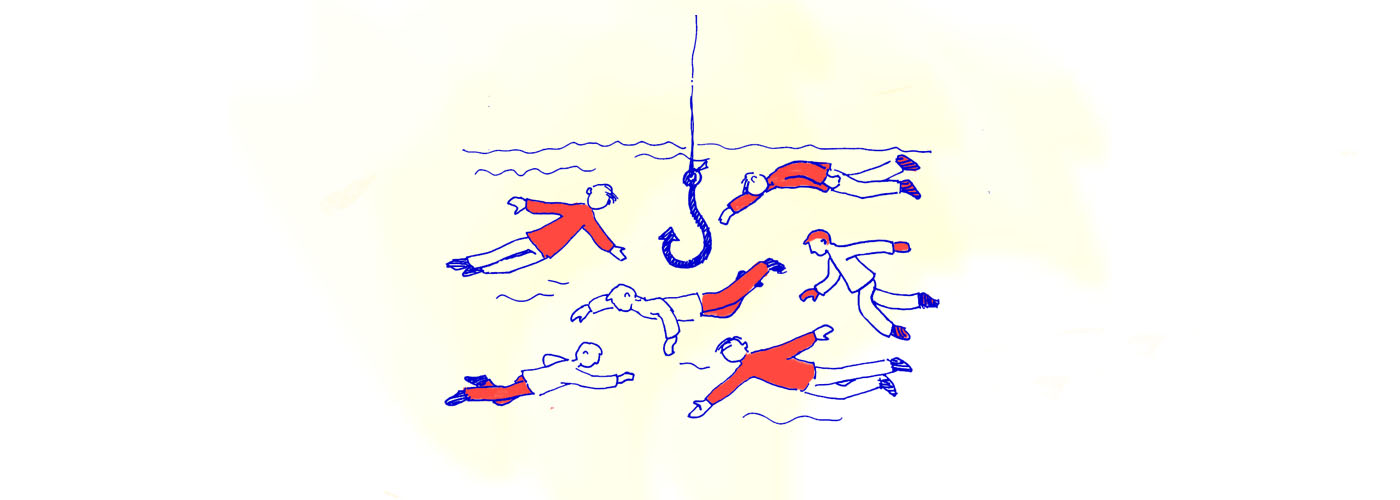
11. Turning dark data into gold
Video formats are driving growth in the online ad market, up 30.5% in 2017 (data: “IAB Europe & IHS Markit).
But all this digital richness hides untapped potential, so-called dark data: videos, imagery and online conversations are a potential, but mostly unexplored, goldmine of unstructured data. Technology is stepping up to help brands access this digital treasure: services such as IBM Watson, for example, are helping marketers mine dark data in order to acquire a better profile of individuals, by sorting and analysing the trail they leave on every digital interface.
“We only really have access to 20% of the world’s data right now,” BOB Lord, IBM Chief Digital officier

